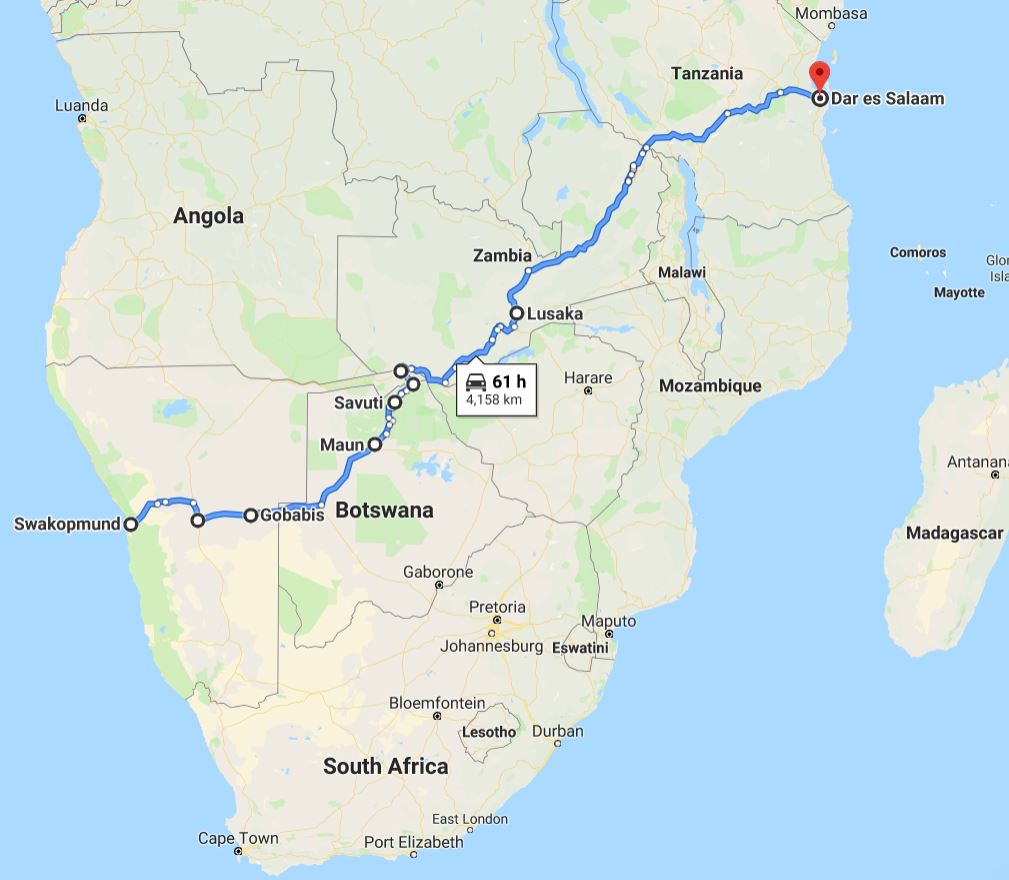A route that would normally take more than 60 hours to drive in a car can now be done in about 31 milliseconds on the new Paratus Africa fibre network that stretches from the West coast to the East coast of Africa.
The Trans-Kalahari Fiber (TKF) network extends 4,160 kilometres from the West Africa Cable System (WACS) cable landing station in Swakopmund to the EASSY cable landing station in Dar es Salaam, Tanzania.

The route is under one single Autonomous System Number (ASN), a feat that has been eluding most African operators. The fibre network interconnects with selected operators in various countries en-route to ensure reliability in the overall management of the fibre network across the continent.
Paratus Group COO Schalk Erasmus says the project is part of Paratus Africa’s aggressive infrastructure expansion strategy with Nimbus Infrastructure.
“Nimbus Infrastructure is a Paratus Africa strategic partner and a significant shareholder in Paratus Namibia,” he said.
Paratus started with construction of the cable route from Windhoek to Swakopmund in 2017 and at the end of April 2018, completed the second-phase route from Windhoek to the Botswana border. Part of the capital used for this project through Namibia was funded by Nimbus Infrastructure.
“This is a huge milestone and a massive achievement,” added Erasmus.
“We can now deliver WACS capacity to land-locked countries in which we have operational branches including Botswana and Zambia.”
Operators on both the east and west coast of Africa are dependent on undersea cable access and when outages occur, are mostly reliant on alternative cables on the same side of the continent.
Erasmus says the new route will allow operators to think differently about their requirements for diverse routes within and around the African continent.
“Paratus Africa will continue to extend fibre routes with own infrastructure builds in order to maintain uptime, reliability and scalability to its clients, should there be any degradation in service levels,” he said.
“We believe that the fibre optic network provides high-quality reliability and scalability with high access speeds to contend with the demand on bandwidth.
“We certainly want to take advantage of the countless opportunities in Africa and we’re therefore engaging other land-locked nations to leverage our fibre backbone and WACS capacity.”
Click below to share this article

